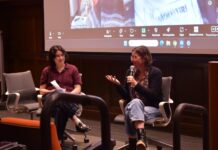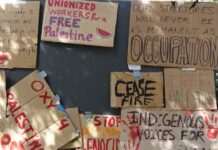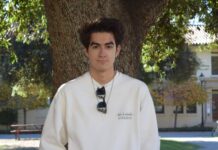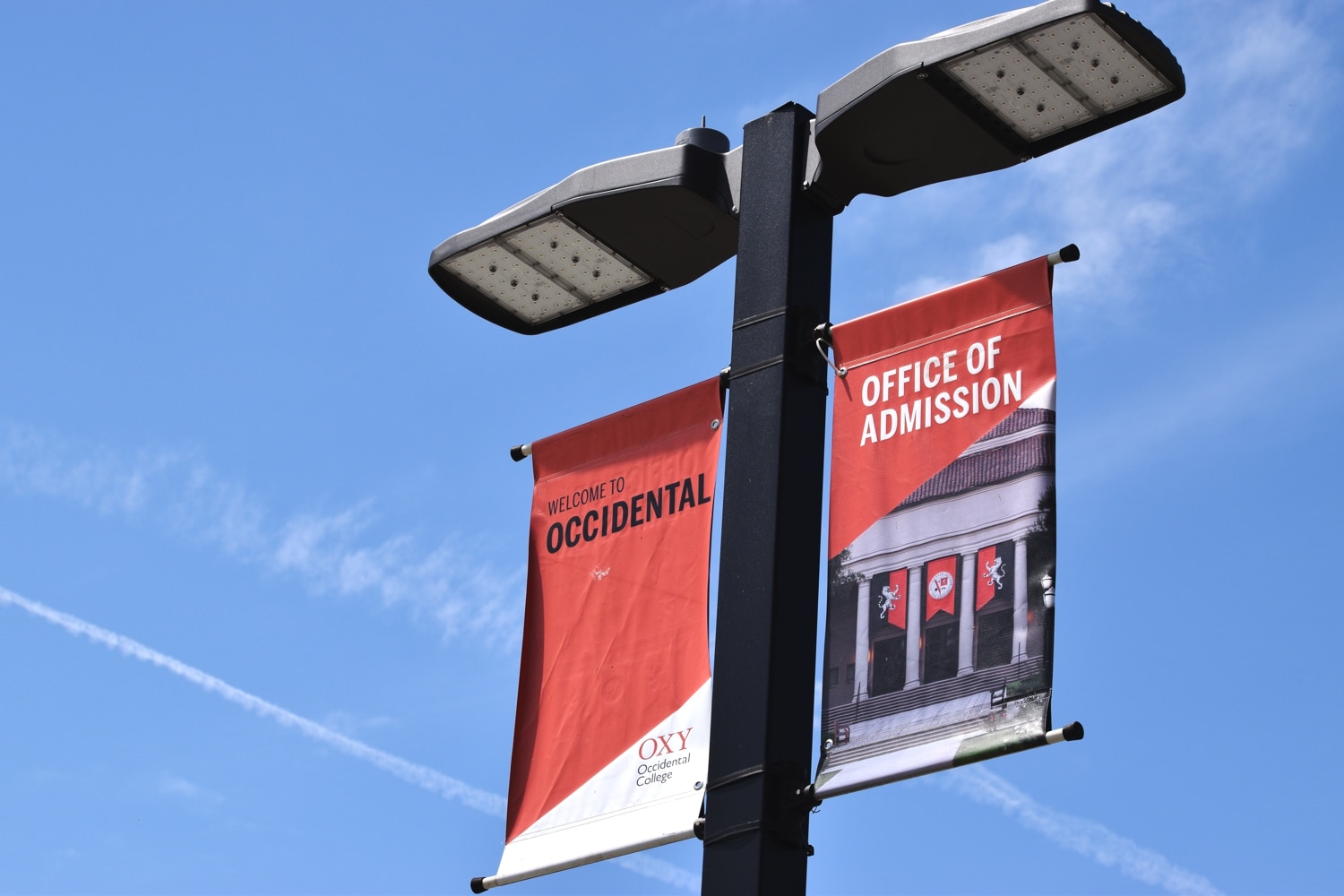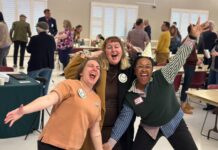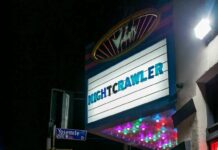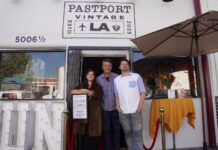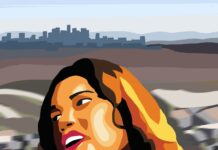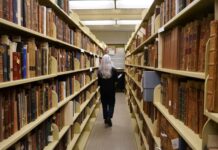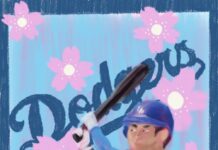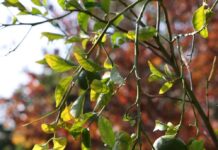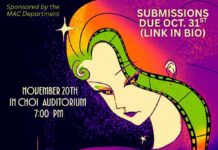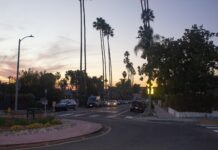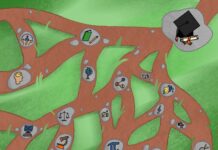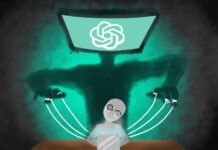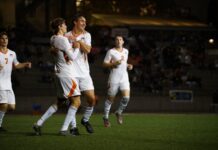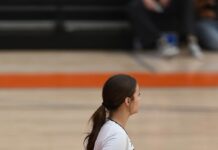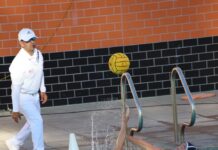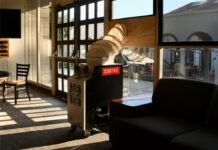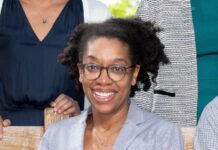Oxy Live! A Conversation with Ed Ruscha hosted by Paul Holdengräber centered around themes underscoring the artist’s work, which began with a career studying commercial art at Chouinard in LA. According to Arthur G. Coons Professor in the History of Ideas Amy Lyford, Ruscha soon became enmeshed in the burgeoning pop art scene, which investigated contemporary commercialism and the cultural and physical landscape of America.
“I encountered other towns too along the way […] that had kind of memories for me that were somewhat profound,” Ruscha said. “I thought I better make a story about this.”
According to Lyford, Ruscha’s examination of the overlooked world still has value for students of the arts today. Lyford said she hopes Ruscha’s art can inspire students to draw inspiration from the material of the world around them.
“[Ruscha had an] interest in focusing on the places that he lived and worked and recognizing that there could be a meaning and a critical value in looking carefully at things that many people would deem to be banal,” Lyford said.
The Feb. 4 event began with an introduction by Ruscha’s grandson, Milo Ruscha (senior), followed by a clip from Holdengräber’s previous interview with director David Lynch in memory of his recent passing, garnering strong applause.
The talk began with both interlocutors sharing personal anecdotes of hitchhiking, Ruscha describing his engagement with the Americana of Route 66. They pivoted to an inquiry on where and how Ruscha draws inspiration, to which he brought up LA’s unique landscape and its idiosyncrasies –– such as a certain pothole on Sepulveda Boulevard.
“It was almost like a friend, you know?” Ruscha said.

Holdengräber then asked Ruscha to elaborate on how phenomena such as the pothole have inspired the artist. Ruscha said his idea process is erratic and impossible to locate.
“[Ideas] jump on you like rascals,” Ruscha said.
Ruscha described his irritation when this pothole that had fueled his imagination was filled in by city officials. He said he saw this change, smoothing out LA’s peculiarities, as creating a jolting feeling. The two then touched on feeling a nostalgia for the changing city, with Ruscha wondering if all these changes will have rendered his work, firmly rooted in time and place, irrelevant.
“I guess my drawings are going to be obsolete,” Ruscha said.
According to Lyford, LA’s changing landscape can provide its residents with an evolving canvas to work with. Ruscha said he frequently returns to Sunset Boulevard to re-shoot his 25ft-long panoramic photobook, “Every Building on the Sunset Strip,” of which the Occidental Special Collections holds a 1966 original copy.
Despite repeated prompts by Holdengräber in regards to the meaning behind works such as “LA County Museum on Fire,” Ruscha did not elaborate.
“The message behind it; I don’t know,” Ruscha said. “I don’t know what the message is […] There’s not much to say about it. There it is.”
August Brown (first year) said the talk at times felt awkward due to Ruscha’s reserved demeanor. However, Brown said the conversations surrounding themes of learning to appreciate one’s environment for its prosaicness resonated with some students.
“You can see just a ton of [the environment], just in everyday normal life, like what seems to be mundane, or is mundane to some people, but there’s another lens […] it’s enriching,” Brown said.
Holdengräber ascribed Ruscha’s reticence to define his work.
“He wants to make the viewers of his work totally free. He doesn’t want to [define] because to define is to distrust,” Holdengräber said.
Despite feeling frustrated, Holdengräber said he believes this is who Ruscha is and part of what makes him such a compelling artist.
“I don’t think this is a persona,” Holdengräber said. “I think it’s actually the way he feels. I think he really does not know.”
During the conversation, instead of placing fixed meaning to his artworks, Ruscha talked about where he found inspiration for his pieces.
“Don’t overlook [your environment] just because [it has] been forgotten,” Ruscha said.
Holdengräber closed the interview by juxtaposing two Ruscha artworks, “America’s Future?” and “Better Things.” Holdengräber said he did not necessarily want to create a comment, but rather pose a question to the audience of students in regards to America’s future.
“All art comes out of other art, and artists are made up of things that they see out in the world,” Ruscha said.
Contact Harper Burton at hburton@oxy.edu
![]()


